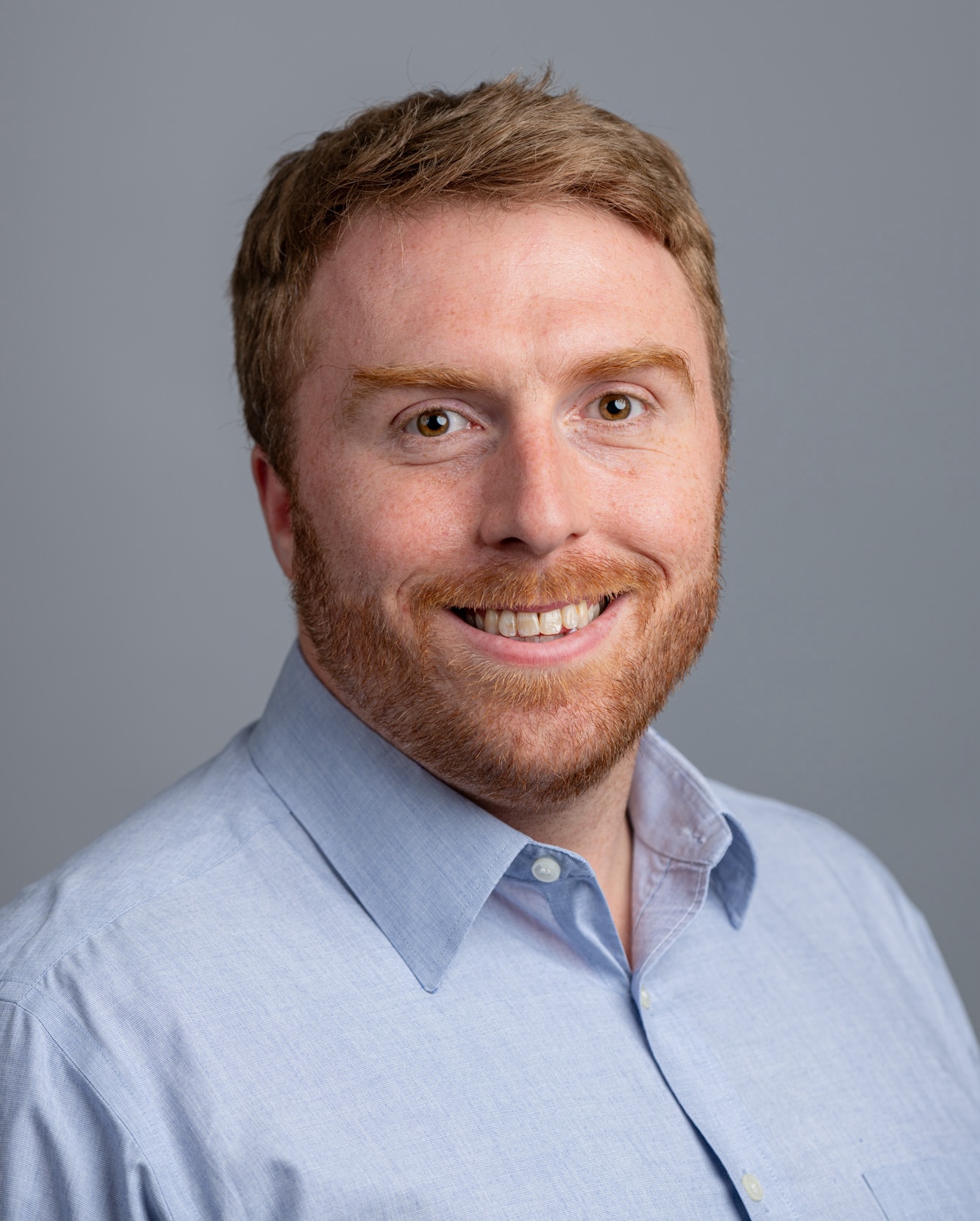
Research
My research lies at the boundary between the fields of planetary science, astrophysics, geophysics and geochemistry. I study the formation, structure and evolution of terrestrial and giant planets. In particular, I aim to elucidate the history of Earth and how it became habitable. More...
What's New?
What happens to lithophile elements during core formation?
A new study led by Bethany Chidester and myself explores how nominally lithophile elements partition between the core and mantle during core formation using a combination of diamond-anvil experiments and planetary growth models. We find that the abundance of lithophile elements in the mantle today can be a powerful tool to test different planet formation models. Our results also suggest that radioactive decay of uranium plays an important role in sustaining the Earth's magnetic field, but the precipitation of oxides does not. You can find the paper (open access) here.
PhD position available
Come work with me or any of the amazing people in the School of Earth Sciences at the University of Bristol! We are looking for someone interested in planetary science, cosmochemistry, petrology, geophysics, astronomy, or related subjects for a fully funded STFC studentship. Instructions as to how to apply and some potential projects can be found here, but we can also tailor projects to students interests. If you are interested please email me. Applications are due January 10th but late applications will also be considered.
I have moved to Bristol
I have recently taken up the position of a Natural Environment Research Council (NERC) Independent Reserach Fellow at the University of Bristol. I am excited to join some awesome colleagues and to continue to learn more about how Earth and other planets form and evolve.
Tidal evolution of the Earth and Moon
A new study led by Matija Ćuk revisits the proposal that Earth started its life spinning rapidly and with a large tilt (i.e., high obliquity). We find that such a model can explain some key properties of the Earth-Moon system, despite errors in previous work. A preprint of the accepted manuscript is available here.
AGU 2020
Please tune in to my talk (DI022-01 A tectonically active early Earth driven by the tidal recession of the Moon) at this years AGU. The closed captioning has some significant (if amusing) errors so here is a transcript of my talk.
New paper on visualization of astrophysical data
A new paper led by University of Illinois graduate student Pat Aleo is out in Astronomy and Computing. The paper describes a new pipeline for producing physically-meaningful cinematic visualizations of astrophysical simulations using terrestrial synestias as an example. All the tools are available for you to try your own visualizations at home! A preprint of the accepted manuscript is available here.
New paper in Space Science Reviews
A new collaborative paper is out in Space Science Reviews! This was the result of the ISSI Europlanet Workshop "Reading Terrestrial Planet Evolution in Isotopes and Element Measurements" held in October 2018 in Bern, Switzerland. The paper discusses geodynamical models of lunar origin in light of geochemical constraints from lunar and terrestrial rocks. A preprint of the accepted manuscript is available here.
The energy budget during and after giant impacts
We have published two new studies looking at the energy budget during giant impacts (Carter et al., accepted) and how the energy budget and shape of post-impacts planets change as they recover after impacts (Lock et al., 2020). We find that changes in kinetic, potential and internal energy are all significant with implications for the structure of post-impact bodies, the early evolution of Earth and the dynamics of lunar tidal recession.
Pressures after giant impacts
We have published a new study showing that the pressures in bodies after giant impacts can be less than half what had been expected, changing the interpretation of the geochemical tracers of accretion. Pressures increase after impacts as the body cools and satelites tidally receed, driving a number of previously unrecognized processes.
Pellas-Ryder award
I have been award the Pellas-Ryder award! Jointly awarded by the Meteoritical Society and the Planetary Division of the Geological Society of America, this award is conveyed for the best planetary science paper written by an undergraduate or graduate student and published during the previous year. The award recognizes my work on lunar origin which was published in Lock et al. (2018). See citation here.
Colloquium at the Carnegie Institute
I recently gave a seminar at the Geophysical Laboratory at the Carnegie Institute. You can find a link to a video of the presentation here.
New Adler Planetarium show
Adler Planetarium in Chicago has developed a new show, 'Imagine the Moon', that 'explores how the Moon has inspired human creativity, learning, and exploration ever since we have looked to the sky'. This show features some amazing animations of our recently proposed Moon model, created with input from Sarah Stewart and myself.
Sarah Stewart is a genius
Congratulations to my former Ph.D advisor, Sarah Stewart, for being selected as a MacArthur Fellow. This award is commonly known as the 'genius grant'.
Origin of the Moon
We have proposed a new model for the origin of the Moon: that the Moon formed inside the vaporized Earth. Our model can explain various observations of Earth and the Moon for the first time. Learn more...
A new astrophysical structure
We have discovered a completely new type of astrophysical object that we have named synestias. These are fascinating objects that have the potential to revolutionize our understanding of how planets form and evolve. Intrigued? Learn more...
Contact Information
Email:
s.lock {at} bristol {dot} ac {dot} uk
Phone:
+44 117 456 0517 (Office)
+1 (617) 520-4813 (Google Voice)
Mail:
School of Earth Sciences
University of Bristol
Queens Road
Bristol
BS8 1QU
UK
